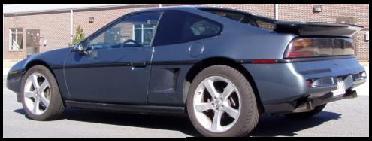The valve cover gaskets...
You will need the thick rubber ones. They're usually blue or black.
Don't use the cork valve cover gaskets. They are designed for the stamped tin valve covers. Not the cast aluminum ones that we have.
The only sealer that you will need is a small dab where the intake meets the head. They don't always line up, exactly.
Make sure the valve cover bolts all have the plastic washer in place. If not, they will probably leak.
It's much easier to do valve cover gaskets with the upper and middle intakes removed. In fact, it's just about impossible to do them
without removing the intakes.
Do NOT remove the lower intake unless there is a problem (which I understand there isn't.)
Since you've already got the intake gaskets, it wouldn't hurt to replace the ones that are removed, although I have reused them if they weren't cracked or chipped.
Be careful not to drop any gasket fragments (or bolts) down the ports. It's easy to do. (Don't ask how I know this.

)
You will need to remove the fuel rail in order to remove the middle intake. The injectors are clipped into the fuel rail, so everything will come out as an assembly. You will need to unscrew the cold start injector tube from the fuel rail, or unbolt the cold start injector from the end of the lower intake. Either way is not a lot of fun.
This would be a good time to have the injectors flow tested if there is any question about their condition. (If the car runs well, I'd be tempted to not mess with them.)
Inspect the injector O-rings for abrasions or cuts before reinstalling the injector/fuel rail assembly. (Some will say they need to be replaced, but I don't do that if the old ones look okay.)
Wipe a little bit of engine oil on the O-rings, when plugging the injectors back into the manifold.
------------------
Raydar
88 Formula IMSA Fastback. 4.9, NVG T550 
 Praise the Lowered!
Praise the Lowered![This message has been edited by Raydar (edited 02-02-2014).]




















 )
)
